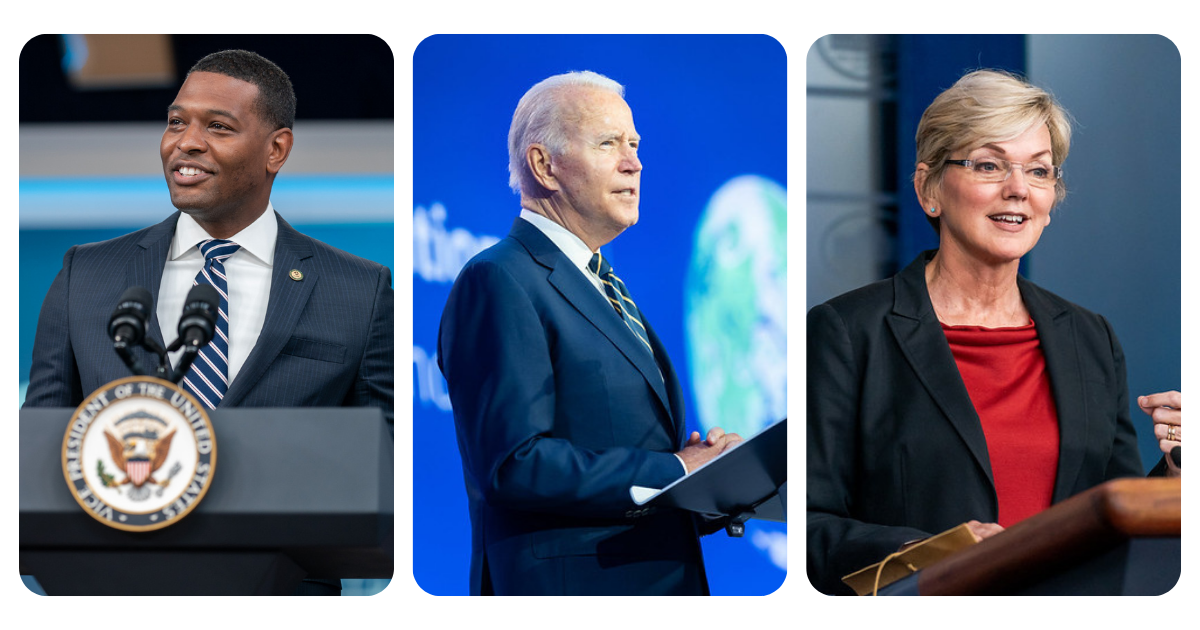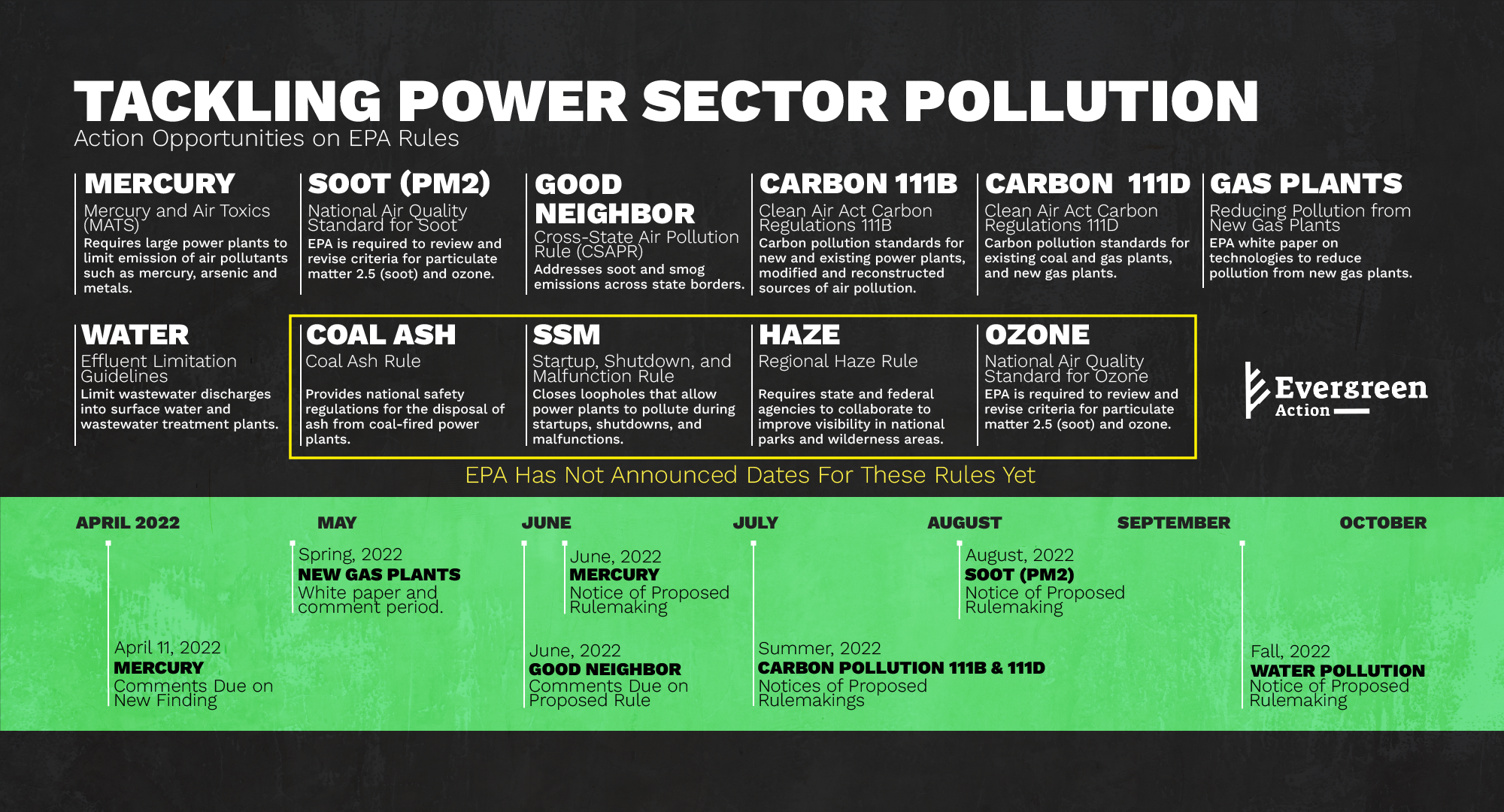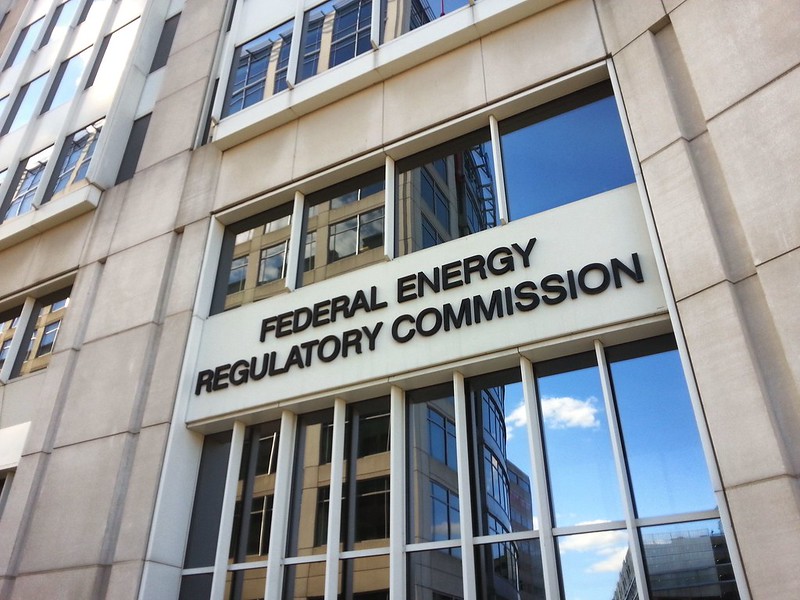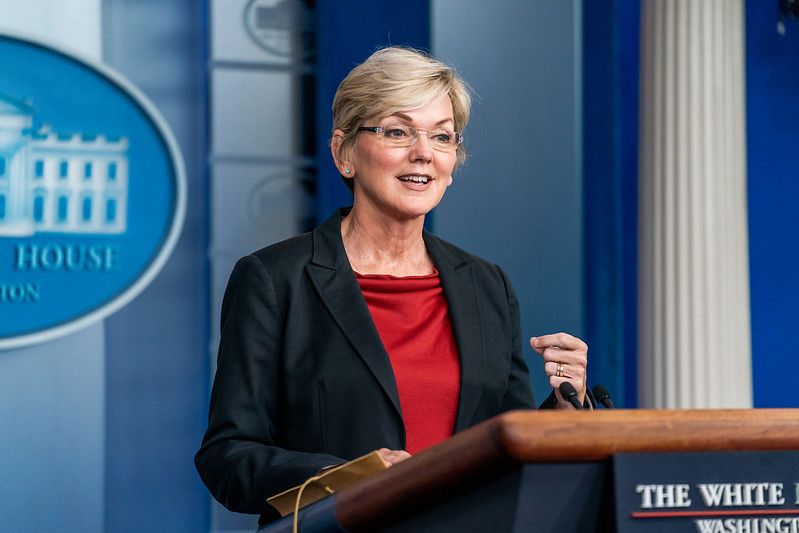The Federal Energy Regulatory Commission (FERC) will be a critical player in enabling the transition to clean energy. FERC is an independent agency focused on providing the nation with safe, reliable, and affordable energy. FERC regulates interstate transmission lines and governs siting of interstate gas pipelines, storage facilities, and export terminals. This authority is granted by multiple energy laws. Under the Federal Power Act, FERC is charged with ensuring electricity rates and practices are “just and reasonable” and not “unduly discriminatory” or “preferential.” Under the Natural Gas Act, FERC is tasked with reviewing new gas pipelines and granting (or denying) their certificate of “public convenience or necessity,” and determining whether Liquified Natural Gas export terminals are “consistent with the public interest.” As such, this independent agency has a major role to play in determining our country’s energy future.
When FERC was established, oil and coal were the main energy sources powering our country, and the market structure, permitting processes and regulations were designed with fossil fuels in mind. Now that there is a need to integrate clean energy sources into the power grid, FERC should level the playing field for clean electricity in wholesale power markets and modernize our grid to help ensure equitable access to clean energy. After all, clean electricity is cheaper for customers and will result in safer and more reliable energy in the long run.
FERC can also help make the wholesale market a fair place for clean electricity generation by allowing the grid to be more accessible to clean electricity generation and instituting market reforms to make clean electricity deployment easier. Specifically, FERC should reform interconnection processes to ensure that clean energy resources are not blocked from connecting to the grid or allowed to languish in the queue, waiting for “connection” for up to years at a time. This can be done by prioritizing cost allocation improvements in regional and interregional transmission planning. Similarly, FERC can improve transmission planning practices to account for the expected growth in renewable energy, which is often geographically distant from the current grid connection. This foresight in planning could help prevent delays as clean energy sources attempt to connect to the grid over the years to come. Luckily, FERC has already initiated a rulemaking to consider exactly these types of reforms - last year, FERC issued an Advanced Notice of Proposed Rulemaking (ANOPR) that could lead to reforms that are essential to achieving our clean power goals. This is the first major transmission reform FERC has considered in over a decade, and we are eager to see how it progresses - a proposed rule is due out very soon!
Additionally, FERC can ensure that distributed energy resources (DERs, e.g. solar, wind, and battery storage) get fair market access so that states cannot limit DERs from connecting to the energy grid. FERC should also work to expand the competitive wholesale electricity market in the Southeast and Western states to allow for cost-effective electrification across the country.
FERC can also play a role in limiting pollution from gas pipelines and has signaled that it plans to leverage this authority. For the first time in 20 years, FERC has updated its policy for the process of certifying new interstate natural gas projects. In February 2022, FERC issued an Interim GHG Policy Statement stating that it will now consider the impacts of climate change when determining the need for future natural gas infrastructure projects. And for the first time in its history, FERC has expressed interest in formally considering the impact of new gas pipelines on environmental justice communities, when evaluating applications for new gas pipelines. This will finally account for the true environmental and public health burdens placed on environmental justice communities when new gas pipelines are developed. FERC recently extended the deadline for commenting on each of these important policies until April 25th!
DOE: Investing to Support State Clean Energy Leadership




